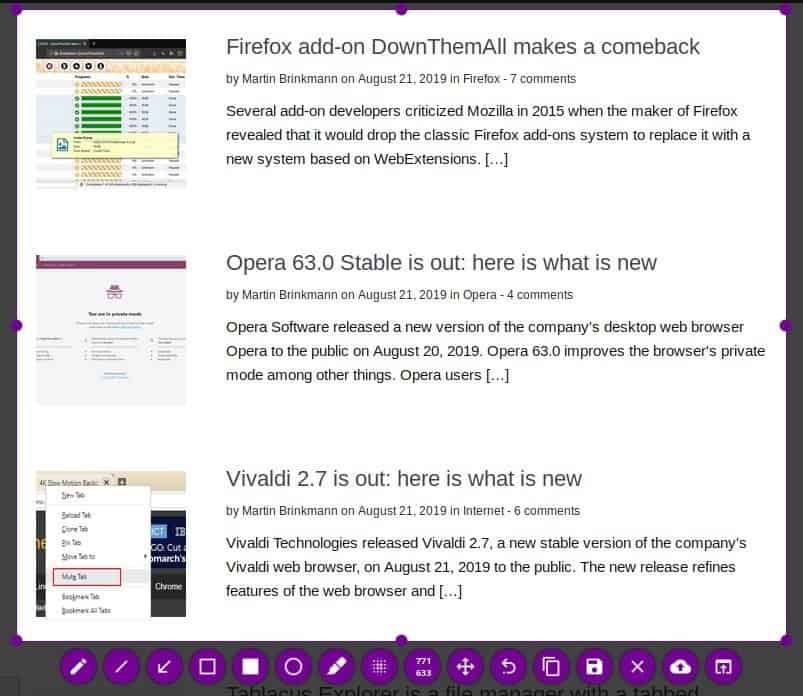
- #Flameshot commands install
- #Flameshot commands zip file
- #Flameshot commands software
- #Flameshot commands free
You can customise the color, size and/or thickness of many of these image annotation tools.Ī lot of users want to simply upload their screenshots directly to the cloud in order to easily share it with others. The app lets take a screenshot of your whole screen or a specific section, annotate it, and then save it locally or upload to Imgur,with the URL automatically copied to your clipboard ready to paste elsewhere.Ī powerful open source screenshot and annotation tool for Linux, Flameshot has a varied set of markup tools available, including: Just make sure you give me as much information as you can so that I can help you easier and give you exactly what you need.One of the best applications on Ubuntu to take Screen shots is Flameshot.įlameshot offers almost all the essential features that you would ever require on a screenshot tool in Linux.
#Flameshot commands free
If you have any questions or need help, feel free to open a new issue. To prevent this page to get lengthy, I moved the content of this part to contribute page. "make check" to check if you have all dependencies installed There is also a small help available for the make which can be seen using make help and will output the following: Available arguments: This is a dmenu script and user does not need to insteract with it using the command line, but just in case, a very short help is available using -help or -h. If you have automatically installed dmenu_shot, you can easily remove/uninstall it automatically as well: make remove

For instance, for the "Bordered" you can have: line_color = "#ff0066" line_thickness = 2 corner_radius = 7 For every configurable action, you can create a section with the name format. If there is something unexpected in the config file, you will see some error messages to help you fix the issue.įor some tools you can configure some of the default settings through the same config file. # Anything after # is considered comment normal_foreground = "#ff6600" normal_background = "#8501a7" selection_foreground = "#ffcc00" selection_background = "#fa0164" You can also use comments and empty lines in the config file. Until this version we accept a section named which can have the custom color values of the dmenu as shown below. The default path would be ~/.config/dmenu_shot/config.toml but you can set a environment variable named DMENU_SHOT_CONF_PATH to overwrite the default path and point the dmenu_shot to a custom file. I suggest ~/.local/bin:ĭmenu_shot can be configured using a simple TOML file.
#Flameshot commands install
You can also install dmenu_shot by installing dmenu_shot-git with your preferred AUR helper. All you need to do is to close your terminal and open it again and run dmenu_shot. This makes the command dmenu_shot be usable in your terminal. This will install the dmenu_shot to ~/.local/bin (so it will NOT install it system-wise and will be only installed for the current user).
#Flameshot commands zip file
#Flameshot commands software
ImageMagic: A software for image manupulation.It can be custom built but should be available in the PATH. This script expects the user to have the following softwares installed: If you don't know how, click on your Desktop Environment: To see what it does, check out the actions.Īfter installation (which is basically copying a shell file to your PATH), you can either use the dmenu_shot command in terminal or bind this command to a keyboard shortcut.

Select_Window let the user choose a window, and then it will take screenshot specifically of that window.Īll the outputs are copied to clipboard by default.Scaled the screenshot based on the provided percentage (e.g 75%) or to specific dimension (e.g 200x300).



 0 kommentar(er)
0 kommentar(er)
